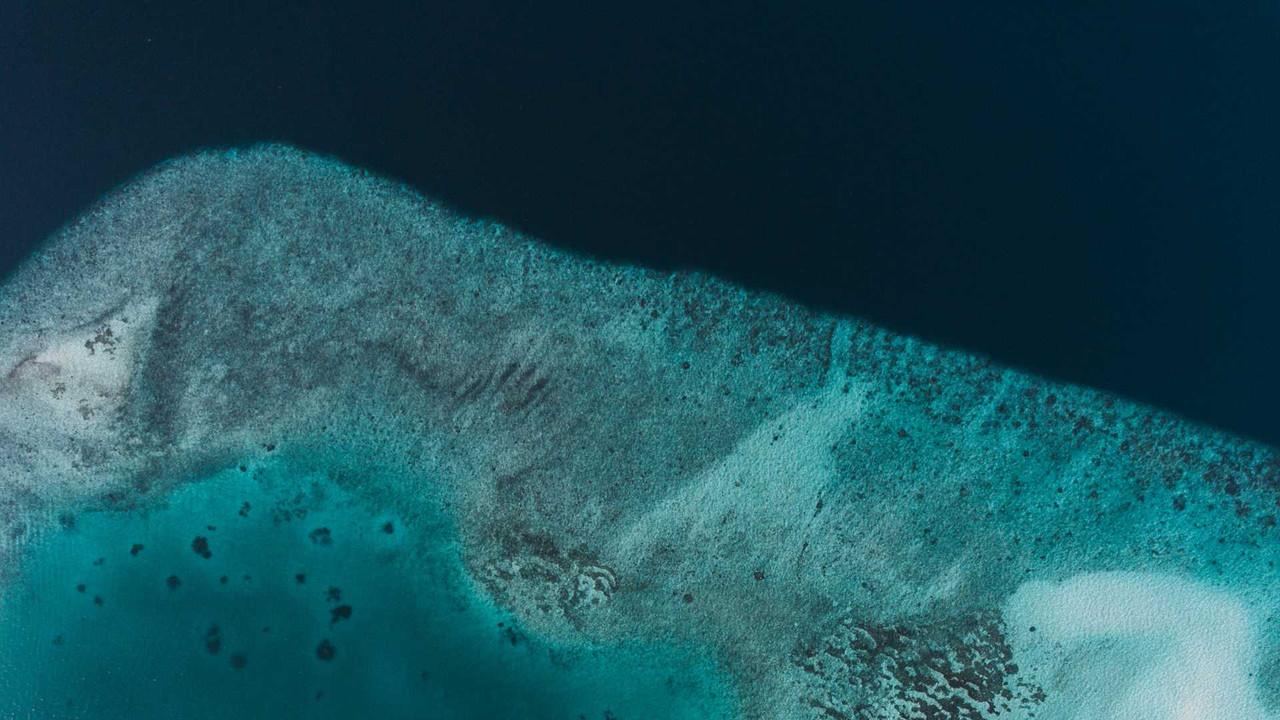Heard Island and McDonald Islands
Comprehensive Country Overview
Explore the geography, history, and socio-economic factors shaping Heard Island and McDonald Islands

Country description
Heard Island and McDonald Islands (HIMI) are a remote and isolated Australian territory located in the Southern Ocean. They are known for their unique geography, history, and characteristics.
Geographical Overview
HIMI lies approximately 4,000 kilometers southwest of mainland Australia and 1,600 kilometers north of Antarctica. Heard Island is the larger of the two, with an area of 368 square kilometers. McDonald Islands are a small group of rocky islets about 40 kilometers to the west.
Heard Island is dominated by the active volcano Big Ben, with its peak, Mawson Peak, standing at 2,745 meters. The island is heavily glaciated, with about 80% of its surface covered in ice. McDonald Islands are rocky and barren.
The islands experience a harsh, cold, and windy subantarctic climate. They are frequently shrouded in fog, subjected to strong winds, and receive high levels of precipitation. Despite the challenging conditions, HIMI boasts unique biodiversity. The islands are important breeding grounds for penguins, seals, and various seabird species. HIMI has been declared a UNESCO World Heritage Site, recognizing its pristine environment and ecological significance.
Historical Context
While there is some debate, Heard Island is generally believed to have been sighted in the mid-19th century by American sealers. The McDonald Islands were discovered in 1854 by a British captain. In the late 19th and early 20th centuries, there were brief periods of sealing activity on HIMI, but the harsh environment limited sustained human presence. HIMI was formally transferred to Australian control by Britain in 1947. Since then, the territory has been predominantly used for scientific research and conservation purposes.
Socio-Economic Considerations
Heard Island and McDonald Islands have no permanent human population. The remote location and extreme climate make habitation unsustainable. Visits to HIMI are strictly controlled and primarily limited to scientific expeditions. Researchers study the unique wildlife, volcanic activity, and impacts of climate change in this subantarctic environment. The Australian government has stringent protection measures in place to preserve HIMI's pristine ecosystem. Tourism and commercial activities are strictly prohibited.
Workforce description
Heard Island and McDonald Islands (HIMI) do not have a permanent human population due to the extreme climate and isolated location, making it unsuitable for sustaining a resident workforce. The only individuals temporarily present on HIMI are scientists and support staff associated with approved research expeditions. These individuals possess specialized skills in fields like biology, glaciology, vulcanology, and environmental science.
Temporary Workforce: Limited and Specialized
Researchers and Scientists
The temporary workforce on HIMI is primarily composed of researchers and scientists associated with approved research expeditions.
Logistical Support
Personnel involved in logistical support, including transportation (ship crews, pilots) and essential maintenance of research facilities, may also be temporarily present.
Strict Regulations
Access to HIMI is highly controlled by the Australian government to protect the fragile environment. The number of people allowed on the islands at a given time is limited.
Cultural norms impacting employment
In Heard Island and McDonald Islands (HIMI), traditional concepts of cultural norms and employment practices are not fully applicable due to several unique factors. The islands have no permanent residents, making it difficult to define a distinct cultural identity associated with HIMI. The primary activity on the islands is scientific research, and the individuals involved come from diverse cultural backgrounds, typically from their home institutions in Australia or other involved nations.
The harsh environment and focus on scientific objectives necessitate a specific set of values and practices. There is a strong emphasis on collaboration within research teams and between different scientific disciplines to achieve common goals in a challenging environment. Strict protocols and emphasis on safety are paramount due to the remote location, extreme weather conditions, and potential environmental hazards.
Researchers and support staff need to be adaptable and resilient to cope with the isolation, living in close quarters, and the unpredictable nature of fieldwork in the subantarctic environment. A deep respect for the fragile ecosystem and adherence to minimal-impact practices guides all activities on HIMI.
Key industries and employment sectors
Heard Island and McDonald Islands (HIMI) have a unique situation regarding economic activity. The extreme environment and lack of permanent residents mean there is no traditional internal economy on the islands. Goods, services, and infrastructure are entirely dependent on external support.
Limited Economic Sectors
The only significant sector present in HIMI is scientific research. It is funded by the Australian government and various research institutions. While not a commercial industry, the research activity generates limited employment for scientists, technicians, and logistical support staff. The Australian government allows limited, regulated fishing in the waters surrounding HIMI. However, this activity does not directly involve on-island employment.
Conservation and Management
The Australian government allocates resources for the management and conservation of the UNESCO World Heritage Site. This involves personnel overseeing environmental monitoring, maintaining minimal infrastructure, and enforcing protection regulations.
Focus on Environmental Preservation
The main priority of HIMI is its preservation as a pristine subantarctic wilderness. Economic development is not a goal and is actively restricted to protect the fragile ecosystem.